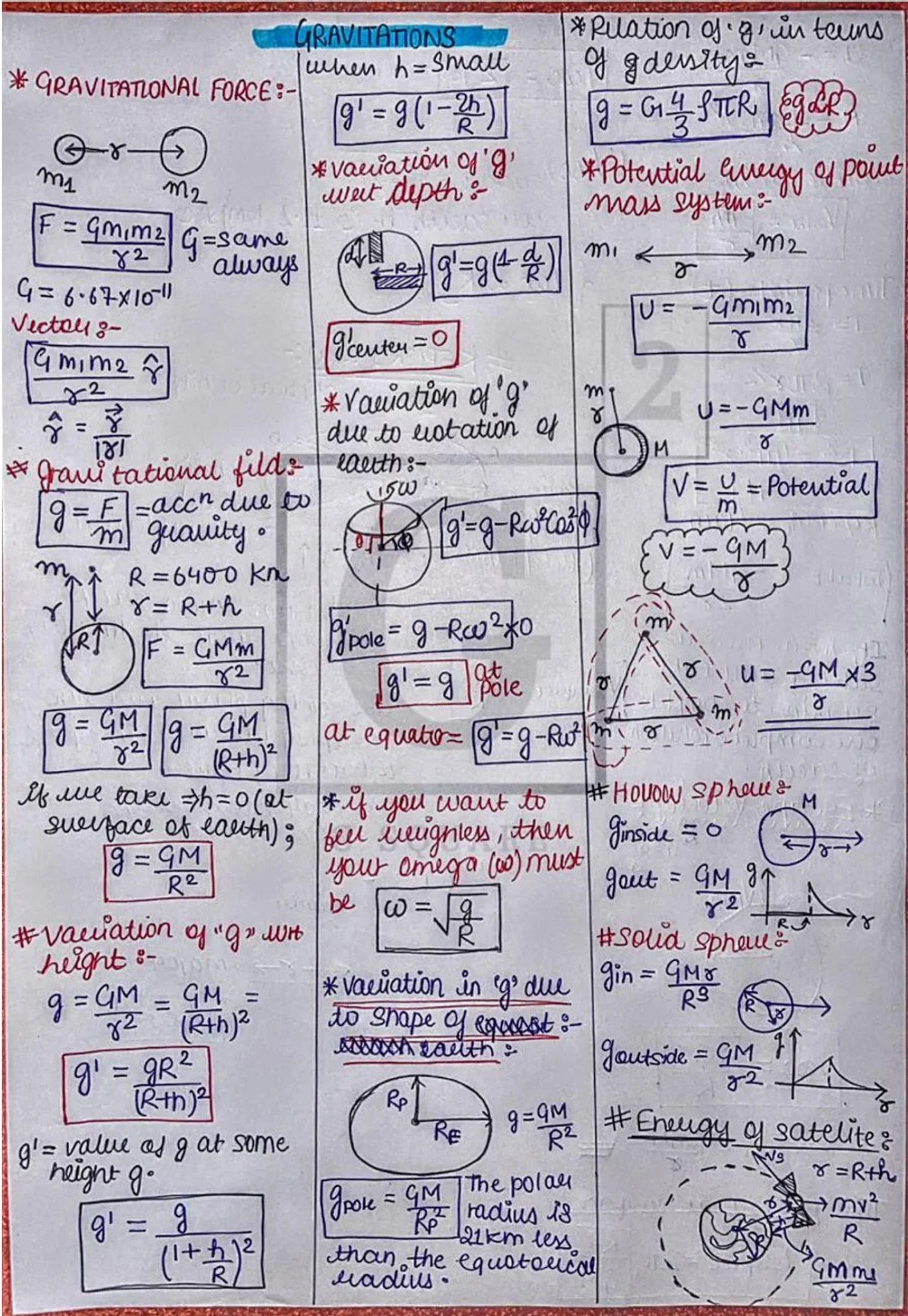Gravitation: (An Invisible Force Shaping the Universe) Gravity, though unseen, plays a fundamental role in shaping our universe. It's the invisible force that keeps us grounded, dictates the motion of celestial bodies, and even influences the structure of galaxies. This article delves into the fascinating world of gravitation physics, exploring its definition, different types, applications, and the mathematical equations that govern its behavior.
Defining Gravity
Gravity, in essence, is a universal force of attraction that exists between any two objects with mass. Every object in the universe, from the tiniest grain of sand to the most colossal star, exerts a gravitational pull on every other object. This force, however, weakens with increasing distance. While it might seem insignificant in our daily lives, gravity's long reach and cumulative effect orchestrate the grand ballet of celestial bodies.
The Two Faces of Gravity
Gravity manifests in two primary ways:
⦿ Surface Gravity: This is the force we experience as weight. The Earth's gravity pulls objects towards its center, and the strength of this pull depends on both the Earth's mass and the object's mass. This is why you weigh less on the Moon, which has a smaller mass compared to Earth.
⦿ Gravitational Attraction: This is the broader concept where any two objects attract each other. The force of this attraction is determined by their masses and the distance between them. For instance, the Sun's immense mass exerts a powerful gravitational pull on the planets in our solar system, keeping them in their respective orbits.
Gravity in Action: Everyday and Extraordinary Applications
The influence of gravity extends far beyond keeping us grounded. Here are some examples of its applications:
⦿ Space Exploration: Rockets overcome Earth's gravity to launch into space. Understanding gravitational forces is crucial for spacecraft trajectories and orbital mechanics.
⦿ GPS Technology: GPS relies on the minute time differences in signals received from satellites to determine location. These time variations are caused by the subtle effects of gravity on the clocks onboard the satellites.
⦿ Tidal Forces: The Moon's gravity, combined with the Sun's, creates the tides on Earth. The bulge of water on the side facing the Moon and the opposite side is a result of these gravitational forces.
Formulating Gravity: A Peek into the Equations
While Isaac Newton laid the foundation for our understanding of gravity with his Law of Universal Gravitation, Albert Einstein's theory of General Relativity provided a more comprehensive picture. Here's a glimpse into the key formulas:
- F: Gravitational force
- G: Gravitational constant
- m1 & m2: Masses of the interacting objects
- r: Distance between the centers of the objects
This article provides a foundational understanding of gravitation physics. By delving deeper into the concepts and equations, we can unlock a greater appreciation for this invisible force that shapes the universe around us.
FAQs about Gravitation Physics
Q: Do all objects attract each other with the same force?
A: No, the force of gravity depends on the masses of the objects and the distance between them. Larger masses exert a stronger gravitational pull, and the force weakens with increasing distance.
Q: Is there gravity on the Moon?
A: Yes, the Moon has gravity, but it's weaker than Earth's gravity because the Moon has less mass. This is why objects on the Moon weigh significantly less than they would on Earth.
Q: What's the difference between mass and weight?
A: Mass is the amount of matter an object contains, while weight is the force exerted on that mass due to gravity. An object's mass remains constant, but its weight can vary depending on the gravitational pull acting on it.
Q: Can gravity be negative?
A: Gravity itself isn't negative; it's always an attractive force. However, the concept of "anti-gravity" sometimes comes up in science fiction. Anti-gravity would require a hypothetical repulsive force that could counteract gravity, and its existence hasn't been proven yet.
Q: Is there a way to cancel out gravity?
A: Not entirely. We can create situations where the feeling of gravity is reduced, like in freefall when both the object and the observer are accelerating at the same rate due to gravity. However, gravity's influence can't be completely negated.
Q: Are scientists still trying to understand gravity?
A: Yes! While we have a good grasp of gravity's effects, there are still mysteries surrounding it. One such mystery is dark matter, which is thought to have a significant gravitational influence but remains undetected. Scientists are constantly working to refine our understanding of gravity and its role in the universe.






